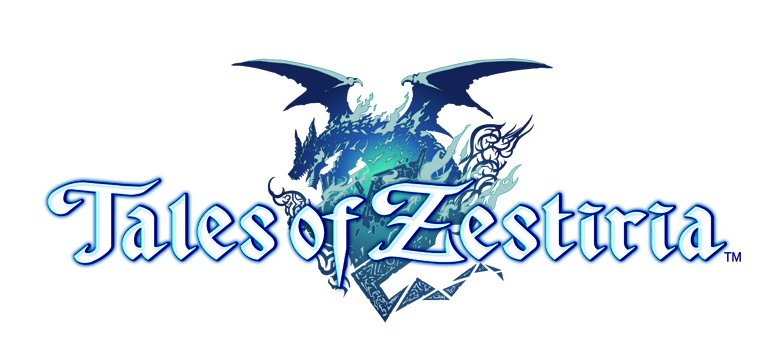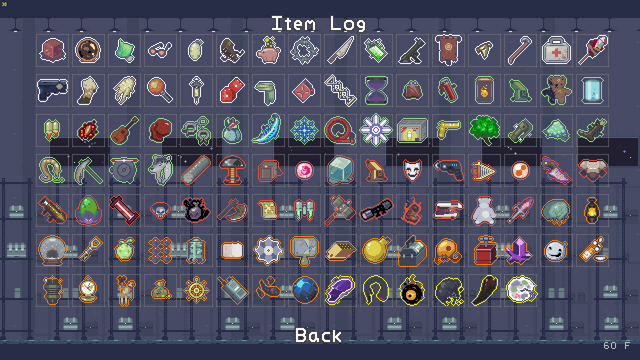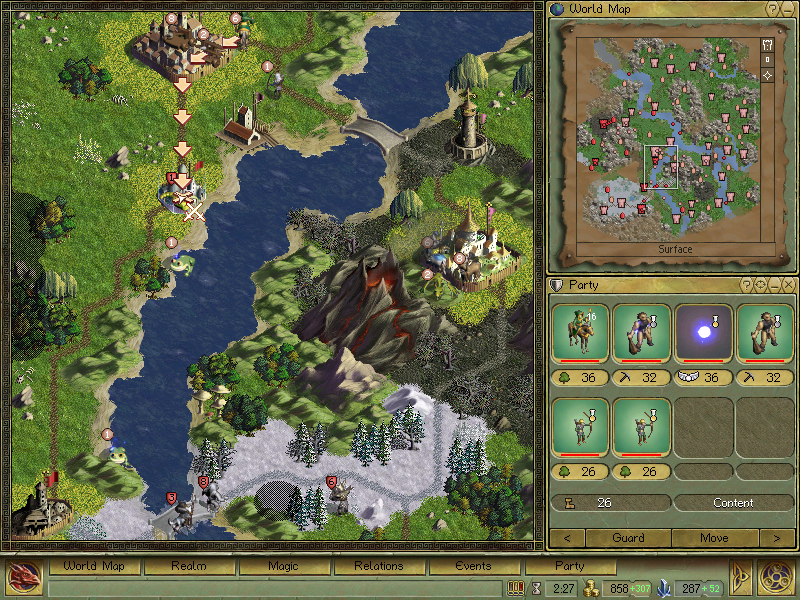STARDEW VALLEY
Website: http://stardewvalley.net/
Trailer: https://www.youtube.com/watch?v=ot7uXNQskhs
Stardew Valley is a mixture of farming simulation and RPG. We assume the role of a person who escape from the city mundane life by inheriting his/her grandfather’s farm in Stardew Valley. There are lots of activities you can do in this small town – grow your crops, raise your animals, befriend the town people, and many more.
Aesthetics: Pixel Art with cartoony style. The choice of colour palette helps to convey the atmosphere of seasons and emphasize the beauty of nature. Furthermore, the style still allows each character portray to display their emotion clearly.
Story: Other than the premise that leads to the protagonist moving to the stardew valley, there is no main plot in the game. However, the game is packed with short stories that the player can experience by befriending the townsfolk, completing quest, and progressing through the year. Immersion comes from shaping the farm to our liking, so this aspect does not really negatively impact the experience.
Mechanics: There are many different activities that can be done in this game, but everything can be simplified to two main mechanic: using tools, and interacting with objects. Tools can be used anywhere and anytime so long it is equipped, but can only yield something at the designated place – axe to cut tree, hoe to toil ground, weapon to attack monster, etc. Similarly, items can be spent only on their intended function – seeds on soiled ground, hay to feed animal, food to be consumed. Using tools used up stamina, and if you spent your entire stamina, you will not be able to do anything and your movement slowed down. There are also various craftable items which allows the player to obtain more sellable product such as bee house for honey or crab pot to catch prawns, crabs or snails
Technology: Current technology, much like the most of the modern game, allows the developer to deploy update to the game. The latest update deployed is the choice of location of our farm.
Lens of goal
- Main goal told by Mayor is to revitalize the town’s community centre
- Other small goals in form of request in the bulletin board townsfolk’s personal request which if fulfilled helps in player’s effort to befriend them
- Except for the bulletin board request that has time limit of two in-game days, other goals have no real time limit.
- Rewards are listed for the completion of segments of community centre revitalization effort which might entice player to clear it to figure out what the actual reward is.
- In favour of this design since I personally feel this game supposed to be a relaxing game where player should be able to take their time to enjoy the game in any way they want. Whether we want to focus on raising animals, planting crops or fishing to gather money is up to us. Perhaps, even, the player wants to focus more on befriending all the townsfolk instead to learn all their stories.
Lens of Emotion
- The game, I believe, wants us to feel comfortable, at ease while playing the game. The game wants us to feel pleasant, and at times surprised by the unexpected outcome or unlockable after doing certain actions or achieving certain goal.
- Done by the art style and the music that emphasize certain aspect of seasons: Spring, Summer, Fall, Winter, as well as in certain places such as the town’s mine or town square.
- Invested/feels of ownership to the farm that we develop.
- Provides freedom in planning and arranging the farm, including the location of the farm and position of the building such as coop or barn
- Allows us to decorate the farm with structure such as path and fences. Additionally, items that serve functionality such as scarecrow can also have unique design.
- Even our own home can be decorated with some furniture!
- Personalisation give a sense of ownership to the player since each farm have high probability of being unique and different from other player’s farm.
Lens of Fantasy
- Fantasy of living in a countryside and taking care of a farm
- Element of magic in modern world. Non-human NPC, monsters, and unreal This aspect is a surprise for new player when first introduced in-game and compelled them to question and test the limit of the world design. At the same time, this set the stardew valley world different from the real world. Make it feels more special.

Is that a gigantic Mushroom?
Lens of Simplicity and Transcendence
- Simplicity
- Player’s character has no problem interacting with anyone.
- Player’s character already master the technique of planting and farming. All actions are reduced to equipping tools and clicking the action button.
- If the player have the recipe and the ingredient, any food can be cooked and any items can be crafted.
- Townsfolk never lie about their opinion on the gift given to them, making it easier to gauge if the gift is the right gift for them.
- This does not make the game too simple however.
- Recipe still need to be found, be it through levelling up skills or befriending people.
- Player still need to find out on their own what gifts are perfect for the people they like, giving a wrong gift will impact their relationship negatively
- Transcendence
- Players can tell how much stamina they have left so they can gauge how many more actions they can make before feeling exhausted.
- Players are given the information to know how much each townsfolk like them.
- Players can interact with fairies that has the power of repairing village’s infrastructure after fulfilling their request. In this respect, the player is given the ability to fix and improve the village, making them sort of the heroes that improves the life in the valley.
- Upgrading equipment let players do some impressive feat. For example, a high-level hoe can toil 6 tile of lands in one go. Although the aesthetic style does not make these features immersion- breaking. Plus, this really helps in speeding up the farming process.
- I feel there is a balance in term of simplicity and transcendence. Things that are simplified are things in the pipeline that are tedious and time-consuming if implemented. Transcendence element most of the time gives the player a good measure of the result of their actions or give them a sense of progress

Thank you for not lying as well!





























 ability of flying. As we collect more red cloth during the journey, the ability of flying will be enhanced. As we walk towards the high mountain, we will go through remnants of a once-thriving civilization. As we complete one chapter, we will find the stones where the forerunners rest and watch a fresco to know about the development of this civilization. During this journey, we will experience exploration, cooperation, dangers and even death. At last, when the travelers arrive at the top of the mountain, he will becomes a white meteor to the starting desert and start a new journey.
ability of flying. As we collect more red cloth during the journey, the ability of flying will be enhanced. As we walk towards the high mountain, we will go through remnants of a once-thriving civilization. As we complete one chapter, we will find the stones where the forerunners rest and watch a fresco to know about the development of this civilization. During this journey, we will experience exploration, cooperation, dangers and even death. At last, when the travelers arrive at the top of the mountain, he will becomes a white meteor to the starting desert and start a new journey.


